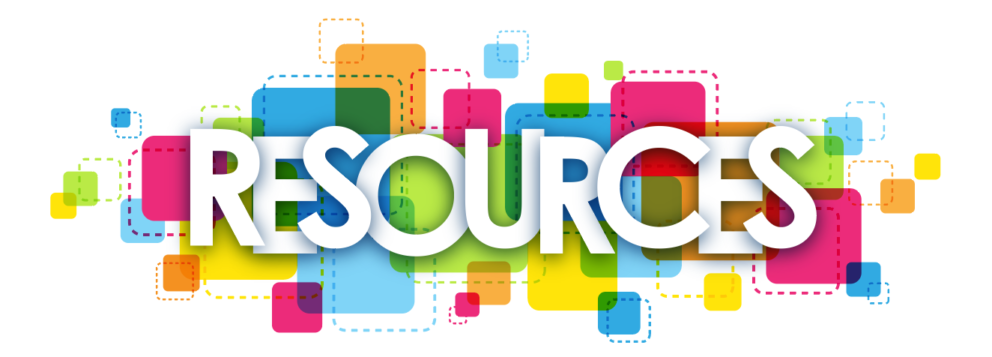About Research Data and RDM
Research data is information or material captured or created during the course of research, and which underpins, tests, or validates the content of the final research output.
The nature of it can vary according to discipline. It is often empirical or statistical, but also includes material such as drafts or prototypes that underpin creative or 'non-traditional' outputs.
Research data is often digital, but includes a wide range of paper-based and other physical objects.
Research Data Management (RDM) is part of the research process concerning the organisation, storage, preservation, and sharing of data collected during a project. A data lifecycle model, can be useful in identifying the key stages and tasks in managing research data.
- Effective data management supports the integrity and quality of research. It covers how you deal with data on a day-to-day basis as well as what will happen to the data after a project ends, helping to make conducting your research easier.
- Data, particularly that which is public-funded, is increasingly considered a 'public good' that should be as openly accessible as possible. Many funders now have requirements around research data management, but good RDM is good practice, whether your research is externally-funded or not.
- Benefits include: being able to find and understand your data efficiently; minimise risk of data loss; validate results where needed; avoid duplication; comply with data protection requirements; facilitate data sharing, which could lead to new discoveries by researchers; and more!
- Planning for RDM at the outset of the research project can make the process easier.
- It's an opportunity to think about what barriers or problems may occur in managing the data, plans for mitigation before having to deal with an issue down the line.
- A big factor is avoiding data loss – which could be catastrophic for a research project, planning the measures to mitigate the risks of this is perhaps the biggest carrot of writing a DMP. After all, you can’t manage data that has been lost!
- A plan can help you remember where certain data is stored, who should have access to it, decipher a file-naming convention or column header in a spreadsheet, and so on…all of this can save both time and stress!




